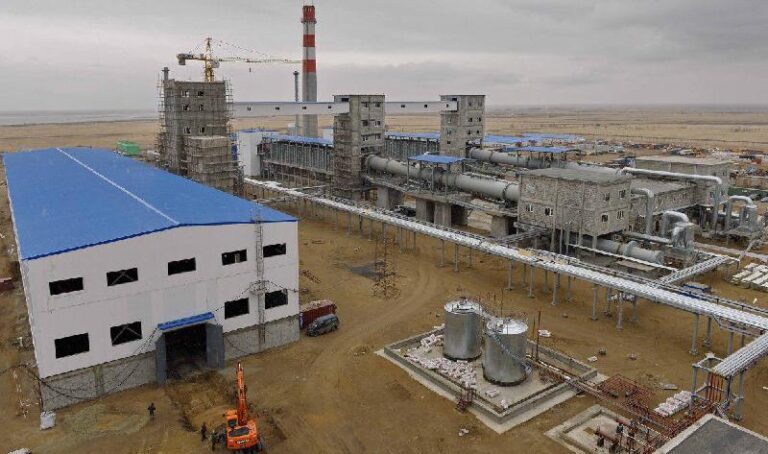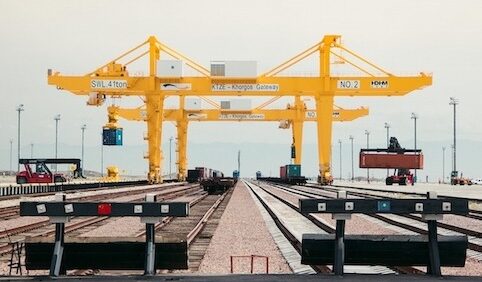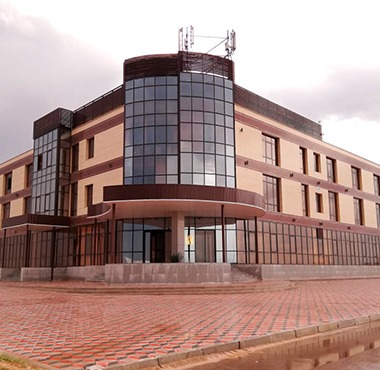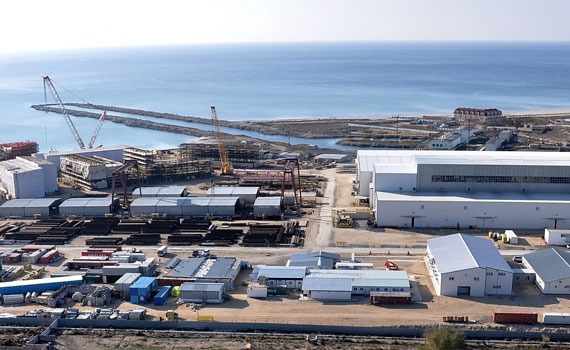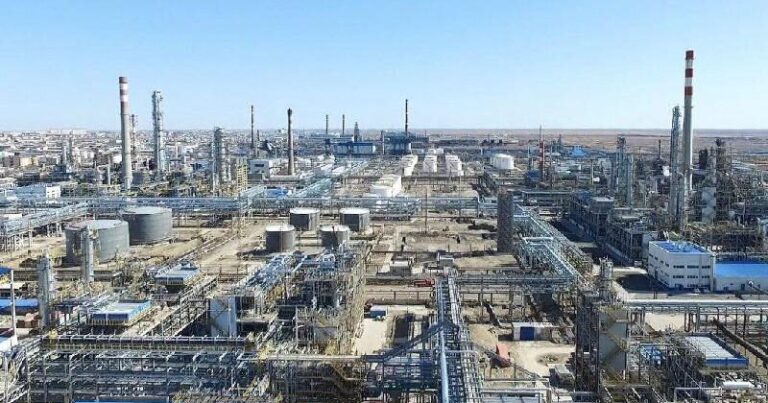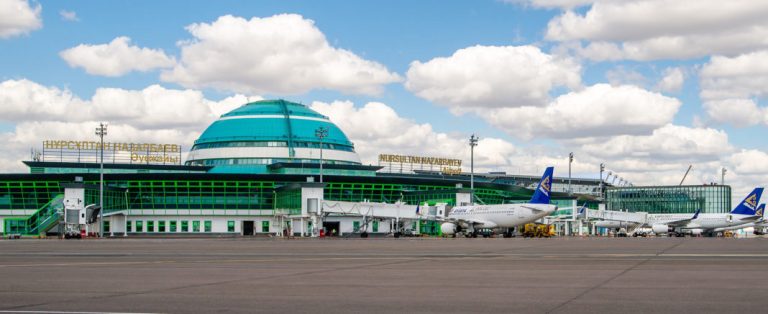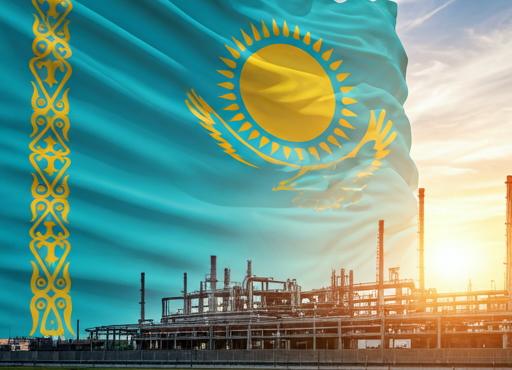
Kazakhstan, a nation with a complex identity bridging Asia and Europe, has garnered limited attention despite its significant potential. While steeped in Soviet history, Kazakhstan now stands at the crossroads of transformation, challenging traditional systems and embracing change. We delve into the industrial landscape and the status of industrial estates in this evolving nation.
Kazakhstan’s Shifting Landscape
Amidst the wake of the Soviet Union’s collapse, Kazakhstan, though often overlooked, has made noteworthy strides. The country shares a unique blend of steppes and futuristic cities like Astana, highlighting its transition from a Soviet past. Notably, Kazakhstan remained the last remnant of the Soviet Union for four days after its dissolution, marking its historical significance.
Intriguingly, a winds of change are sweeping through Kazakhstan, largely driven by a burgeoning new generation constituting 25% of the population. Unlike their Soviet-inherited counterparts, this generation is demanding change and reshaping the country’s trajectory.
Navigating Reforms and International Ties
Kazakhstan’s government initiated reforms targeting a balanced distribution of power, elevating Parliament and human rights, and fostering civic engagement. As Kazakhstan treads the path of transformation, it forges connections with international partners, especially China. With its proximity, China plays a pivotal role in diversifying Kazakhstan’s economy through investments spanning various sectors such as oil and gas, transportation, digitalization, IT, process industry, and green energy.
The Asian Infrastructure Investment Bank (AIIB) also contributes to these changes. Kazakhstan and China’s bilateral trade hit a record $31 billion in 2022, and the two nations reaffirmed their strategic partnership. Moreover, collaborations with entities like DP World and Masdar indicate promising developments in logistics and renewable energy.
Kazakhstan’s strategic geographical location places it in the heart of emerging trade routes, particularly as part of the Middle Corridor and the International North-South Transport Corridor. Kazakhstan could evolve into a critical transit hub connecting China, Europe, Russia, the Middle East, and India. This strategic position positions Kazakhstan to exploit its resources, such as uranium and diverse metals, and to nurture growth.
The country boasts an export-oriented economy heavily reliant on oil and related products, comprising 58% of total exports. Other significant exports include natural gas, metals, and minerals. China, Italy, and Russia, among others, serve as key trading partners. While challenges loom, Kazakhstan’s economy recorded 4.6% growth in the early months of this year.
Kazakhstan’s warehousing market faces unique challenges and prospects. Class A warehouses, essential for maintaining product quality, face high demand. The industry seeks innovative solutions, such as built-to-suit projects, to cater to retailers’ specific needs. This trend also mirrors Kazakhstan’s evolving role in international logistics chains, drawing attention from foreign retailers who are venturing into the warehousing business.
Kazakhstan’s Uncharted Path Forward
The country is embracing change, shaping its identity as a nation straddling past and future. With strong international partnerships, strategic geographic positioning, and a growing economy, Kazakhstan holds promise for its people and the global community. As it navigates the challenges and opportunities on its journey, Kazakhstan’s growth trajectory remains uncharted and holds vast potential.


